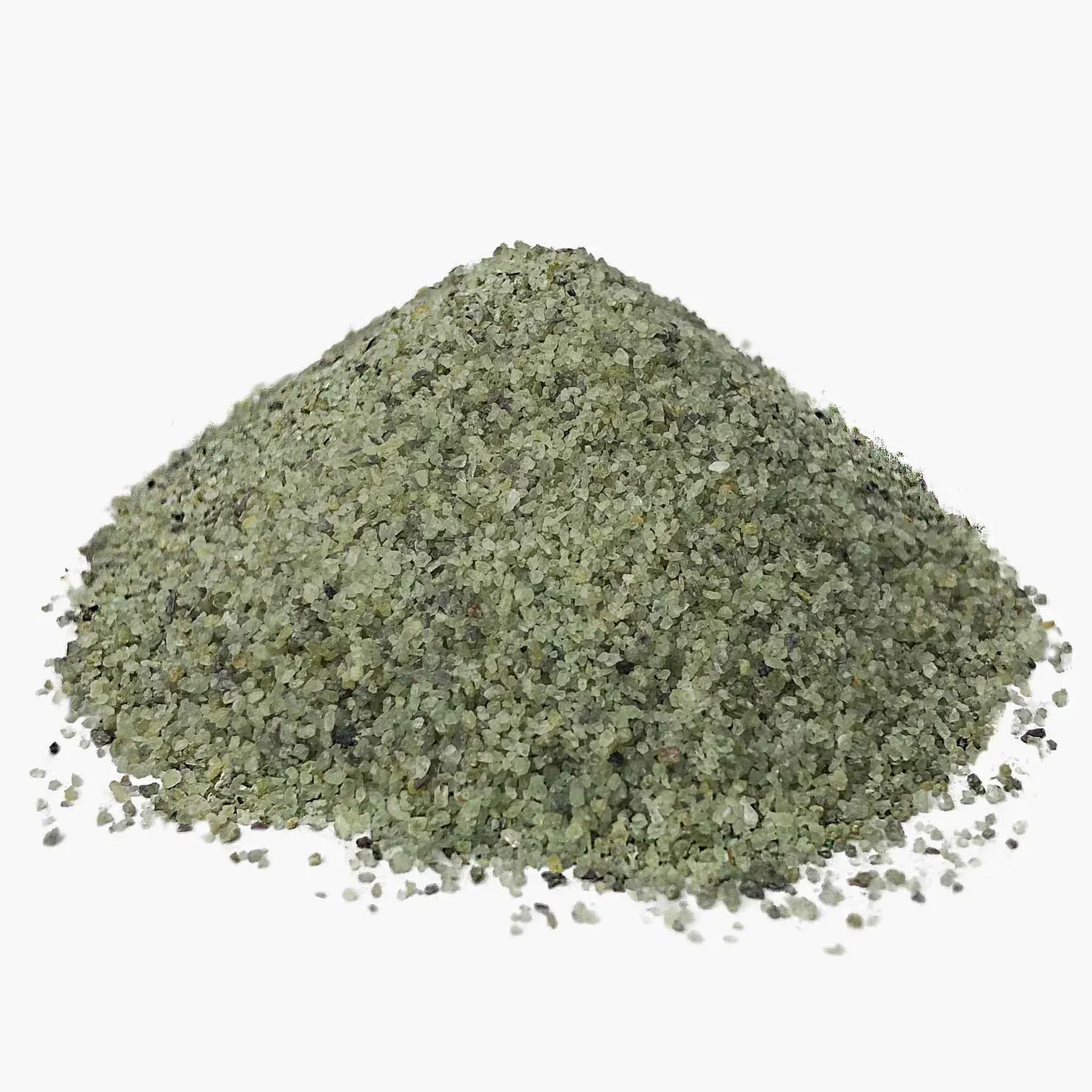The mineral olivine reacts naturally with atmospheric CO₂. When amplified this process is a carbon dioxide removal method called "enhanced weathering". It involves grinding olivine to a fine sand (to increase the surface area), spreading the sand (for example on walking paths) and waiting.
Over time the olivine reacts with water and the air to sequester CO₂ and produce stable silicates.



